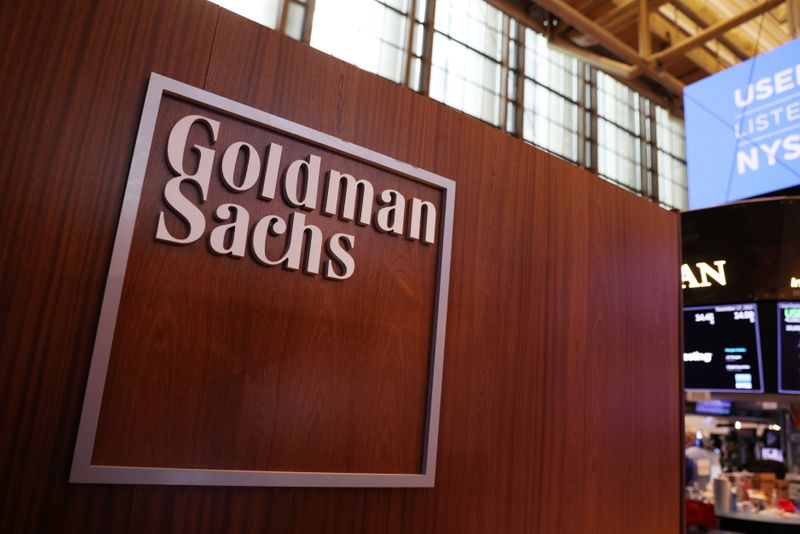
By Pete Schroeder
WASHINGTON (Reuters) – The chairman of a leading U.S. banking regulator said Tuesday his agency is considering legal action against six former officers and eleven former directors of Silicon Valley Bank.
Federal Deposit Insurance Corporation Chairman Martin Gruenberg said in a statement that the agency was considering suing the former bank executives, who were not specifically named, due to their “breaches of duty” in mismanaging Silicon Valley Bank’s portfolio before its abrupt collapse last spring.
Gruenberg, a Democrat appointed by President Joe Biden, has said he plans to retire from the agency on Jan. 19. But the decision to authorize potential legal action was unanimously approved by the FDIC board, which includes both Democrats and Republicans.
The FDIC took over Silicon Valley Bank (SVB) in March 2023 when the bank suffered a sudden run on its deposits after reporting that it needed to raise more capital to offset losses on its portfolio. Gruenberg said in his prepared remarks, which came as part of a closed meeting of the FDIC board, that the bank’s leadership had mismanaged several aspects of the bank’s finances, precipitating its collapse.
In a bid to stave off a broader panic across the banking system, the FDIC was authorized to backstop all the deposits at the bank, including large amounts of uninsured deposits, costing its deposit insurance fund an estimated $23 billion.
“As a result of the mismanagement… SVB suffered billions of dollars in losses for which the FDIC as Receiver has both the authority and the responsibility to recover,” he said in his statement.
Gruenberg previously testified to Congress that the FDIC was investigating potential misconduct by SVB executives.
The FDIC has pursued legal action against executives at failed banks in the past. The FDIC website states that from 2008 to 2023, the agency recovered $4.48 billion from executives at failed banks via its professional liability program.



